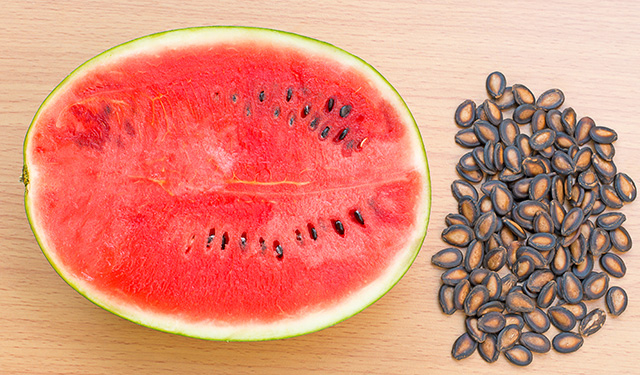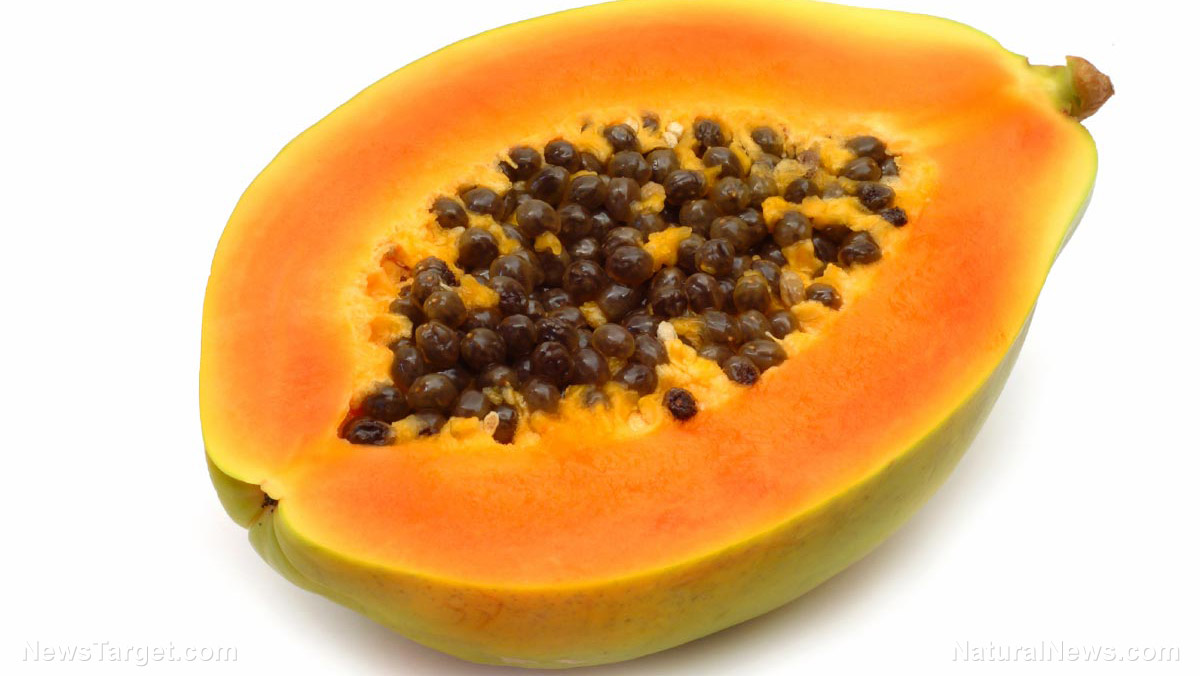Key Lime – sources, health benefits, nutrients, uses and constituents at NaturalPedia.com
08/03/2017 / By Frances Bloomfield

Key limes (Citrus x aurantiifolia) are oval citrus hybrids native to Southeast Asia. The name of this fruit is taken from the Florida Keys. Though similar in appearance to the more common Persian limes, there are several differences that distinguish them from one another: key limes are smaller, slightly more yellow in color, have more seeds, a stronger aroma, and a tarter, more floral juice. It’s this dynamic flavor that has made the key lime popular as an ingredient in pies and cocktails.

List of known nutrients
Just like lemons, key limes are an excellent source of vitamin C, the vitamin synonymous with boosting the immune system. The vitamin C content of key limes are such that a single fluid ounce of lime juice can provide 14 percent of this vitamin’s daily recommended intake.
Key limes are loaded with considerable amounts of dietary fiber and flavonoids, which are naturally occurring antioxidants known to have anti-carcinogenic and antibiotic properties.
Medicinal uses for key limes
The nutritional value of key limes make them useful in remedying or alleviating the symptoms of the following:
- Arthritis
- Cardiovascular disease
- Constipation
- Fever
- Gout
- Peptic ulcers
- Piles
- Scurvy
While not as common as before, scurvy can be prevented with key limes. This is because scurvy arises from a distinct lack of vitamin C in the body, and key limes are highly effective in meeting one’s vitamin C requirements.
Peptic ulcers or stomach ulcers are painful sores that form on the lining of the stomach. Taking key limes can relieve the pain associated with peptic ulcers, as well as promote the healing of the stomach lining.
The combination of fiber and rich acidity in key limes greatly reduces the risk of constipation. Fiber adds bulk to stool and makes it easier to pass through the body, while the acidity stimulates the digestive system, in turn resulting in an increased secretion of digestive juices, acids, and bile.
Vitamin C naturally lowers body temperature, meaning that key limes are highly useful for individuals suffering from fever.
Body systems supported by key limes
Key limes are known to nourish :
- Cardiovascular system
- Digestive system
- Gums
- Immune system
- Ocular system
Many gum problems are caused by vitamin C deficiency, scurvy included. Therefore, key limes can be good for the gums thanks to their vitamin C content, as well as their flavonoids which are known to inhibit microbial growth.
The immune system benefits from vitamin C in key limes, since vitamin C attacks bacteria, microbes, and free radicals.
Ways to use key limes
Rich, tart, and creamy, key limes are an ideal addition to desserts like custards, cakes, ice cream sandwiches, and, of course, pies. Compared to Persian limes, key limes have a much stronger flavor that some people enjoy, and others find difficult to tolerate. Fortunately, this can be counteracted by adding a bit of honey, maple syrup, or salt to whatever key lime dish needs a bit of diluting.
Where to learn more
- Drink Lime Juice to Improve Eyesight Naturally
- Fruits.news
- Herbs.news
- Liquid Lime Extract Offers At Least 15 Health Benefits
- Ten reasons why you should have warm lemon or lime water daily
Summary
As rich sources of vitamin C and flavonoids, key limes can benefit the body in a number of ways. They can be used to treat vitamin C deficiencies, peptic ulcers, and fever, and to boost the health of the gums and the digestive and immune systems.
Sources include:
OrganicAuthority.com
DoveMed.com
DrHealthBenefits.com
HuffingtonPost.com
EatThisMuch.com
Tagged Under: Key limes



















